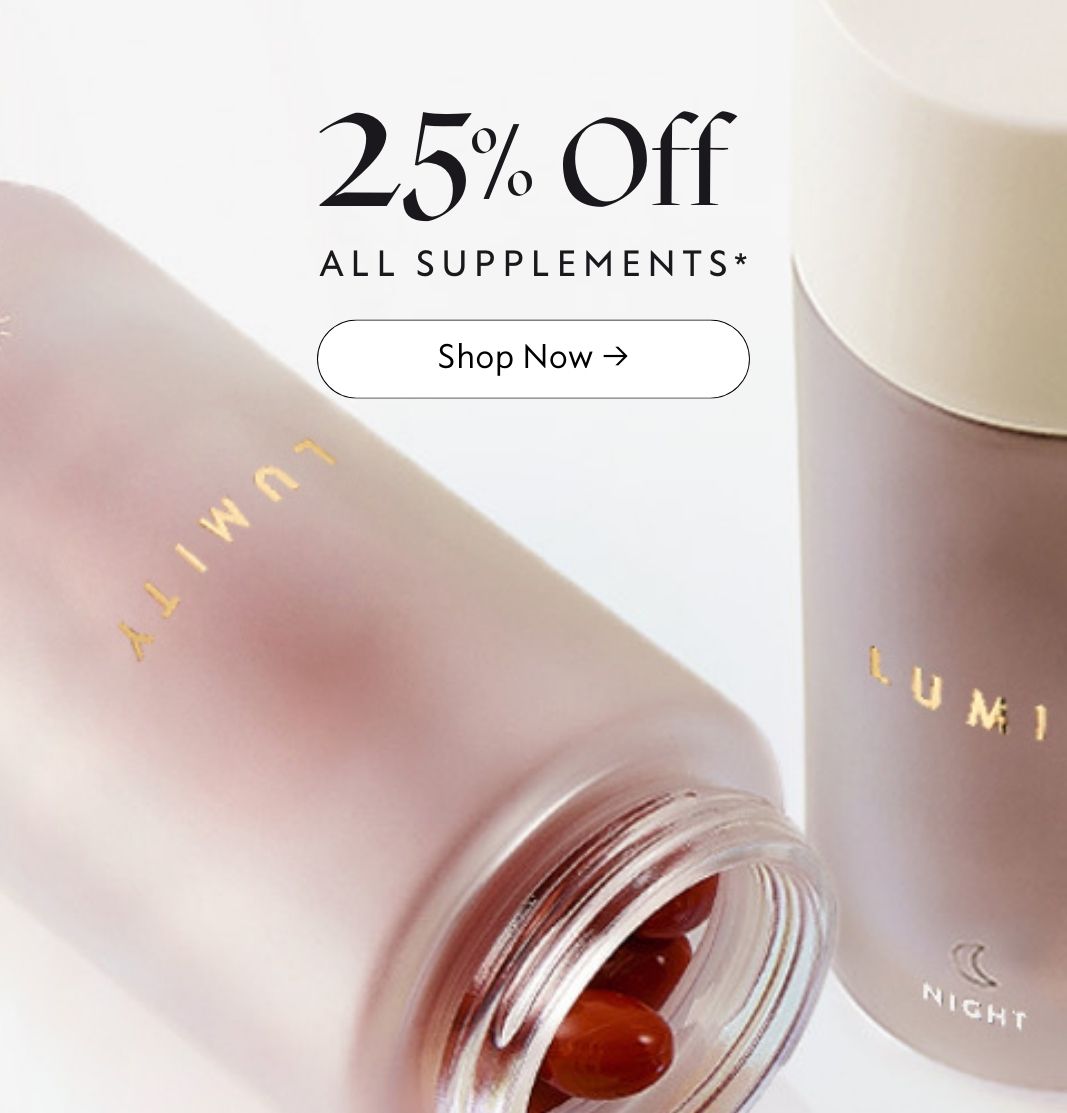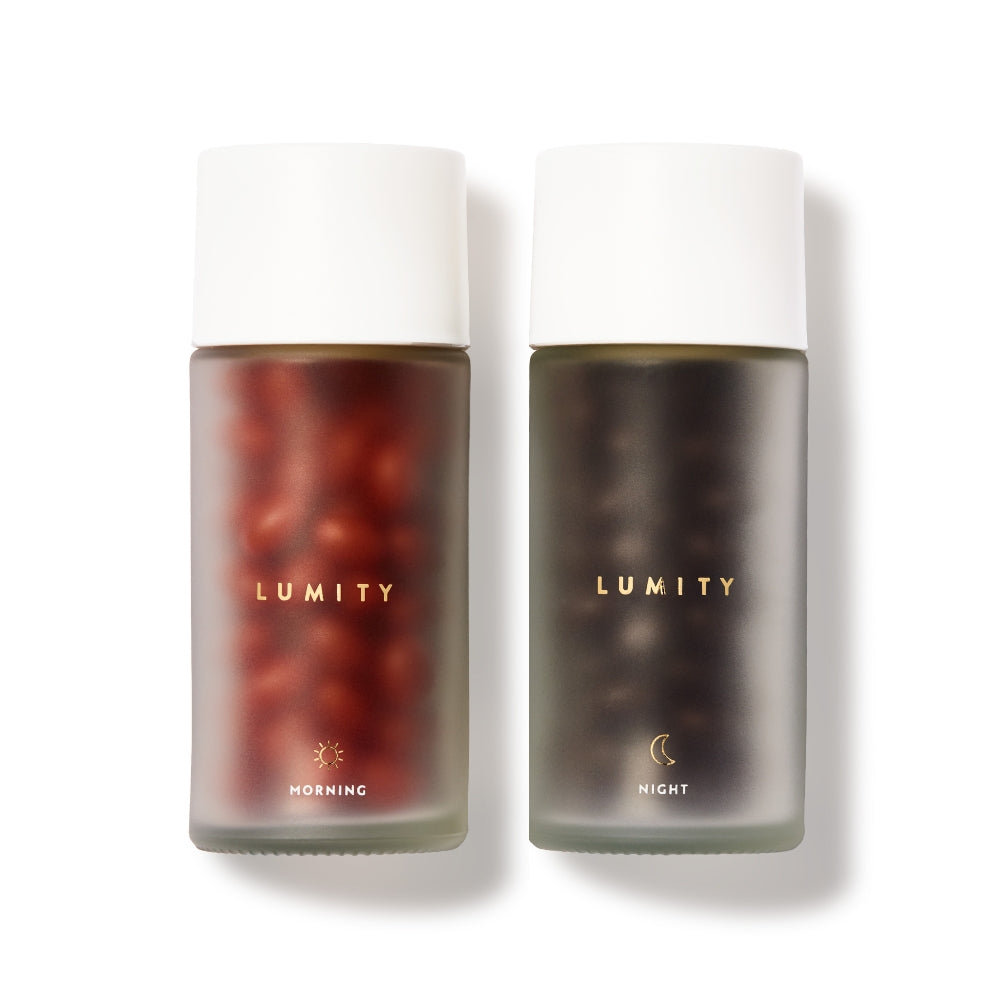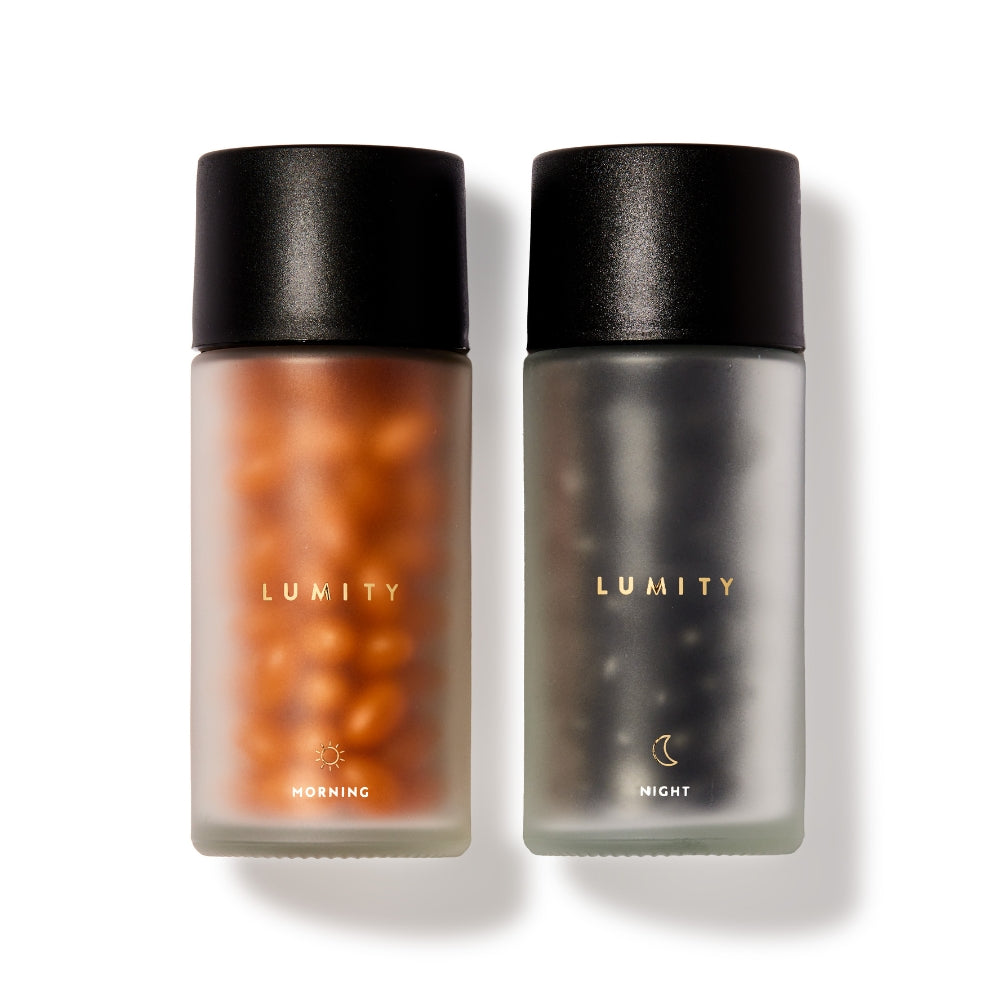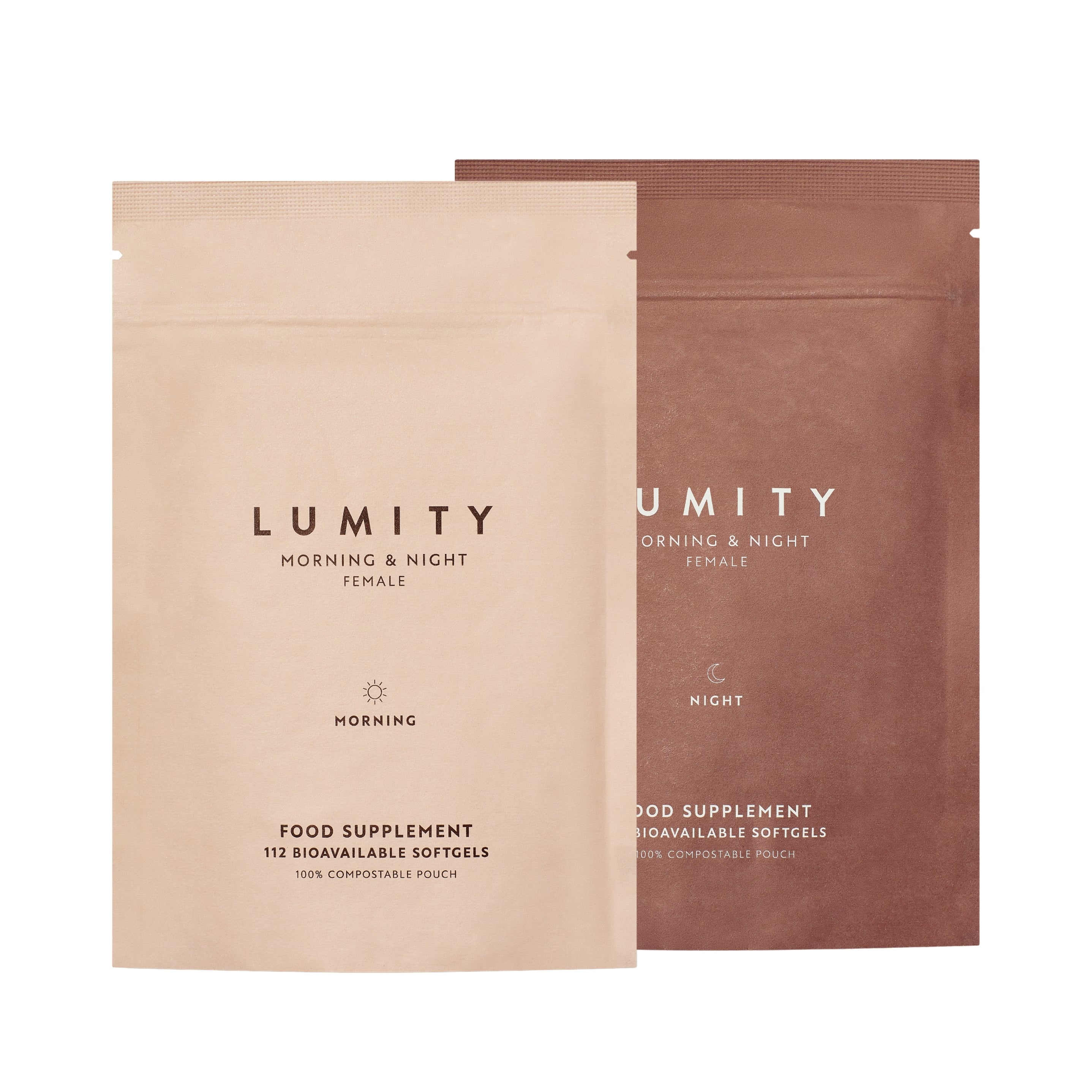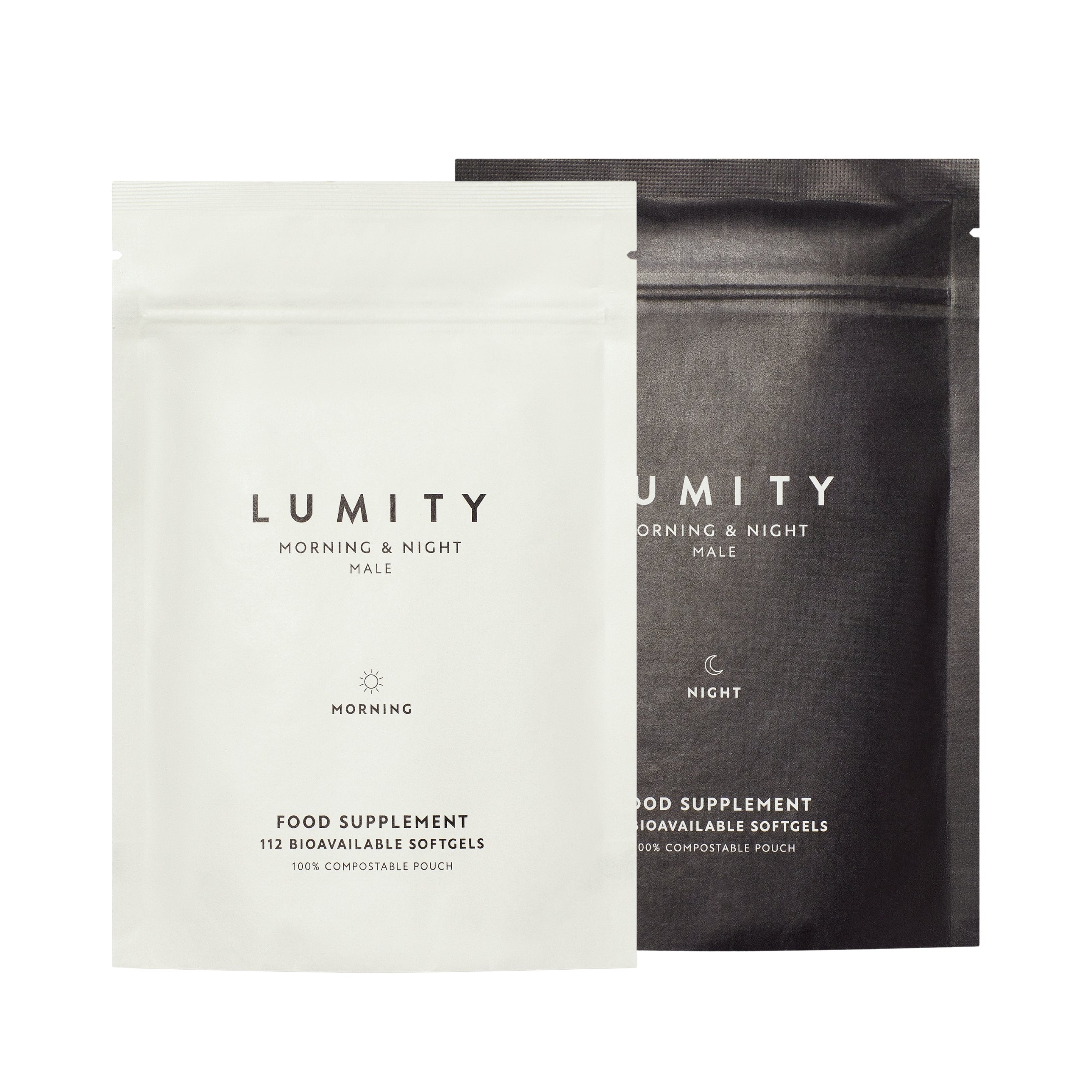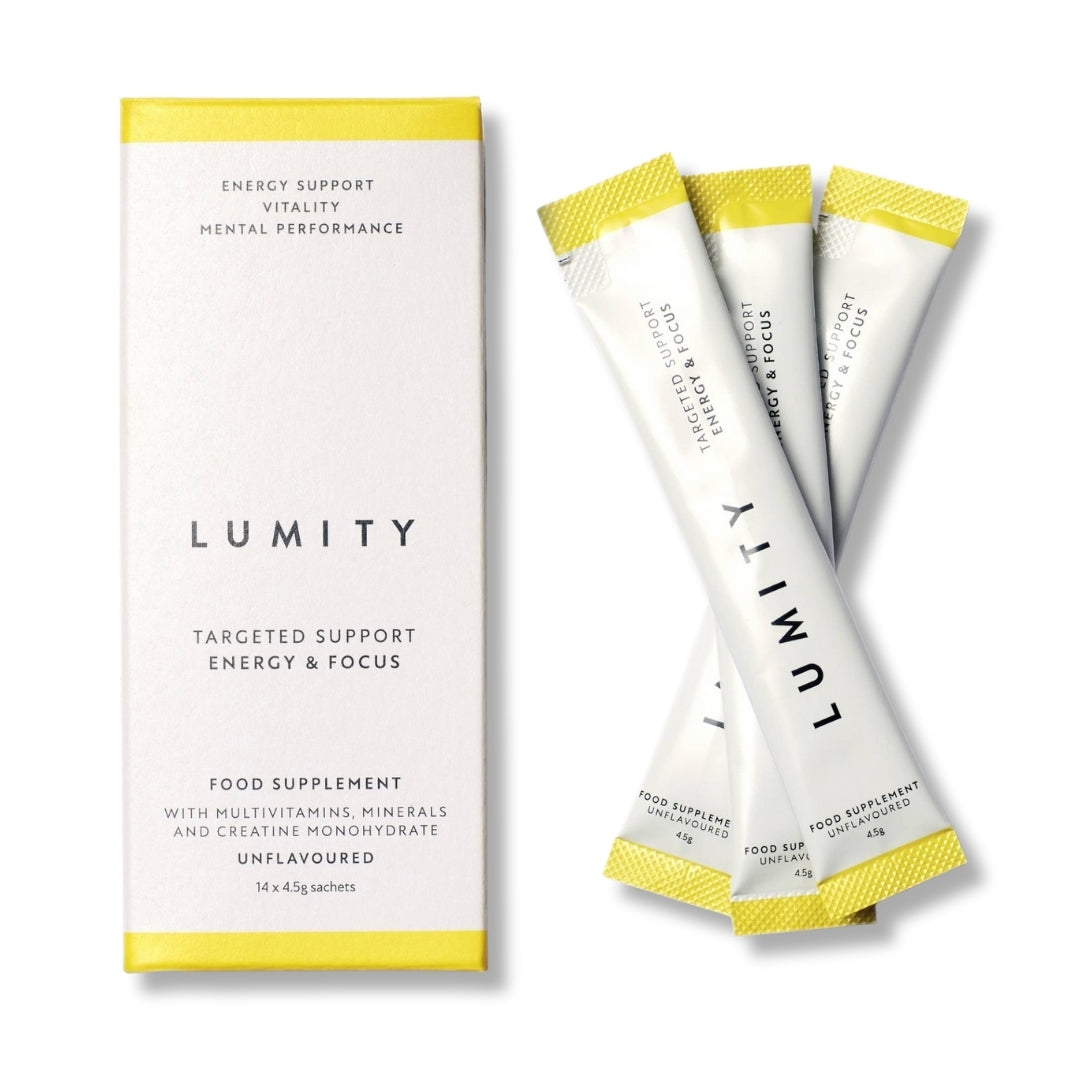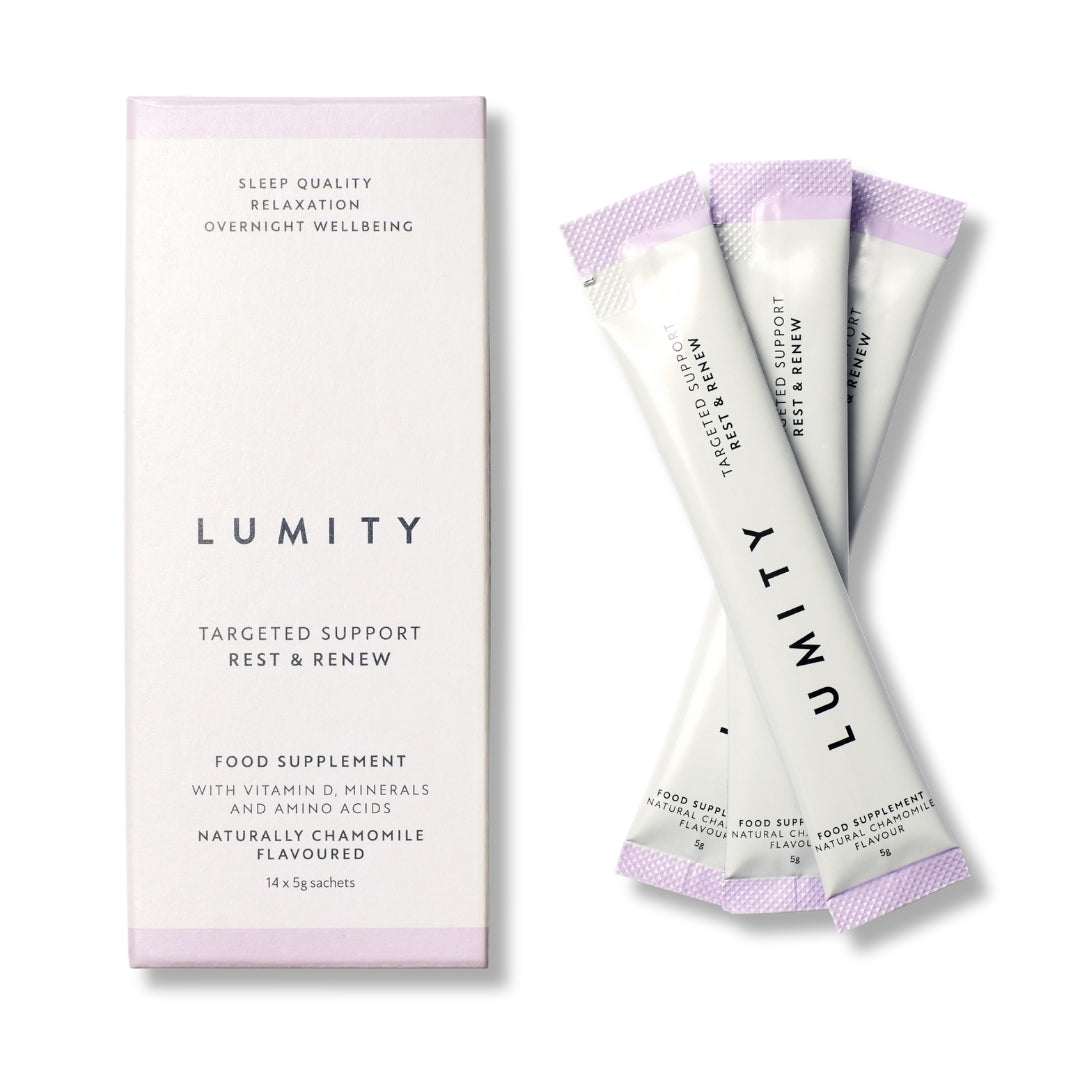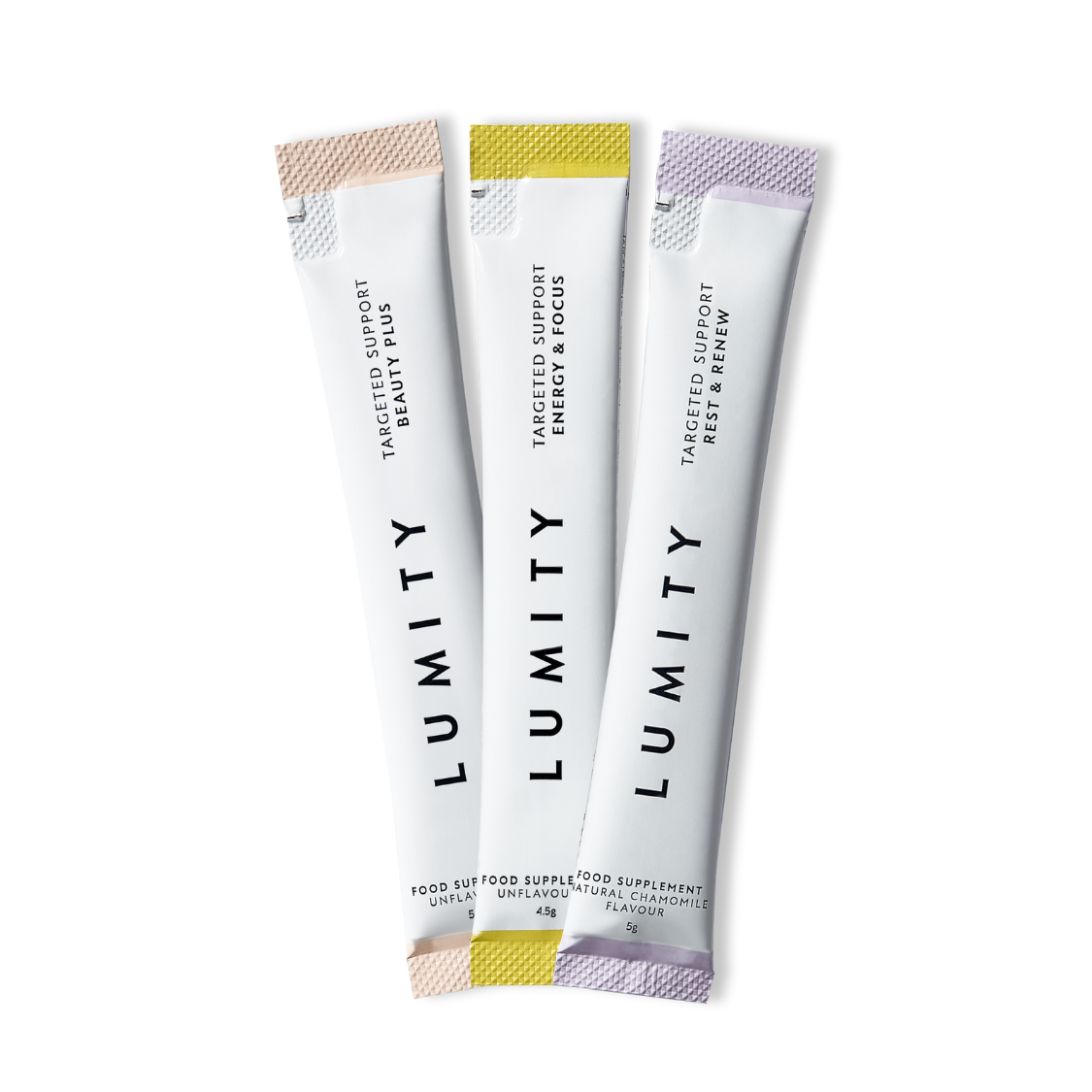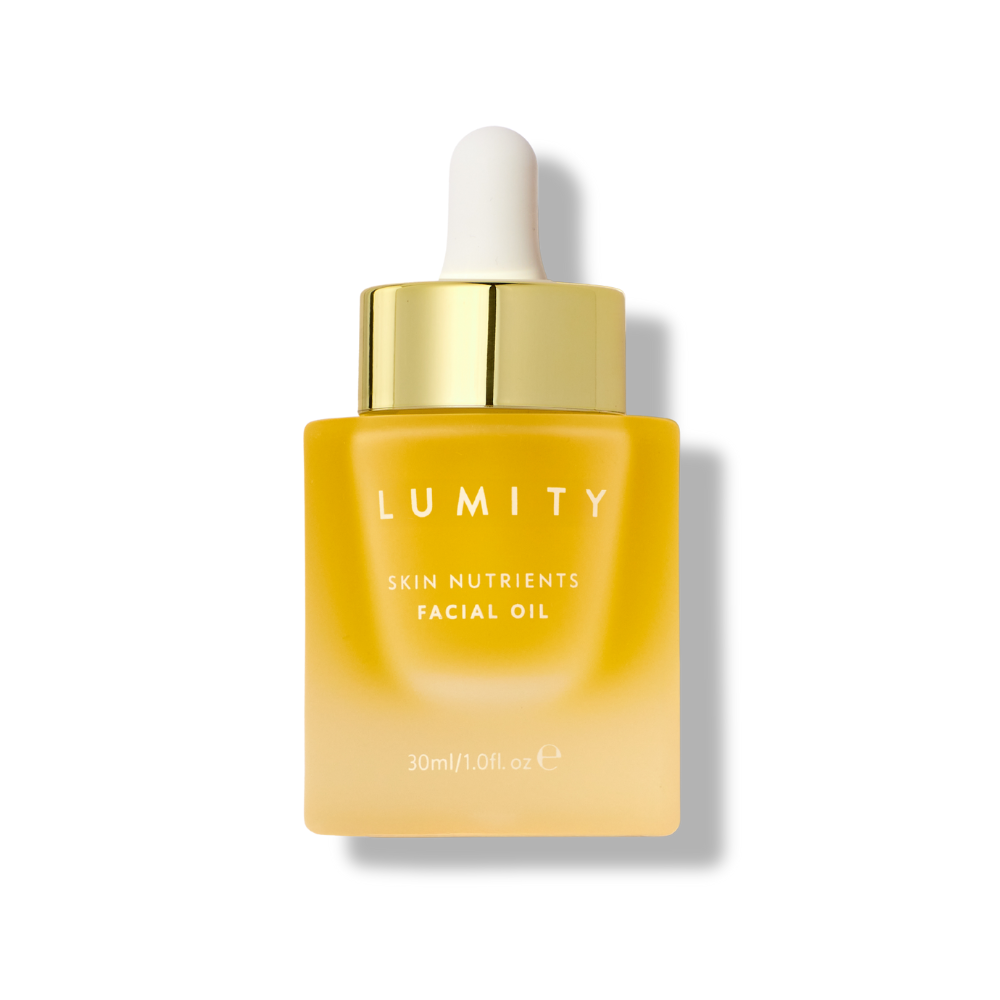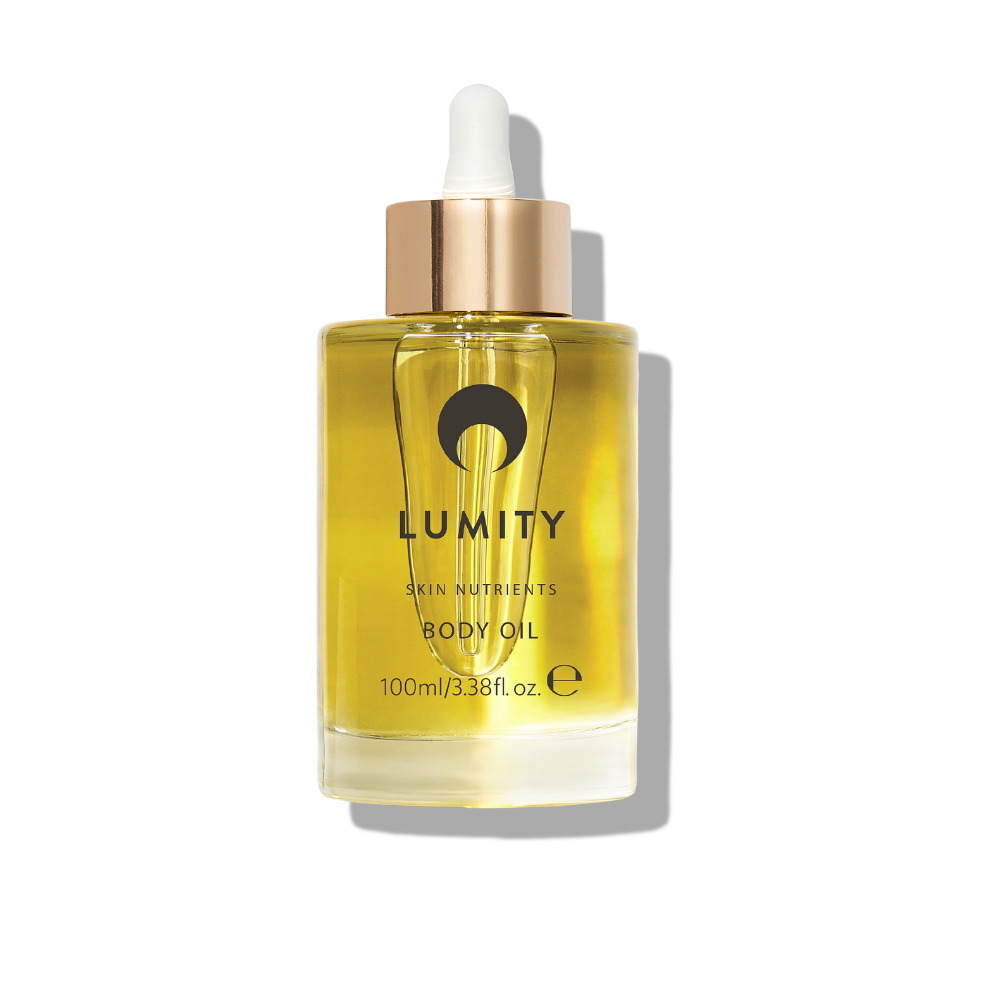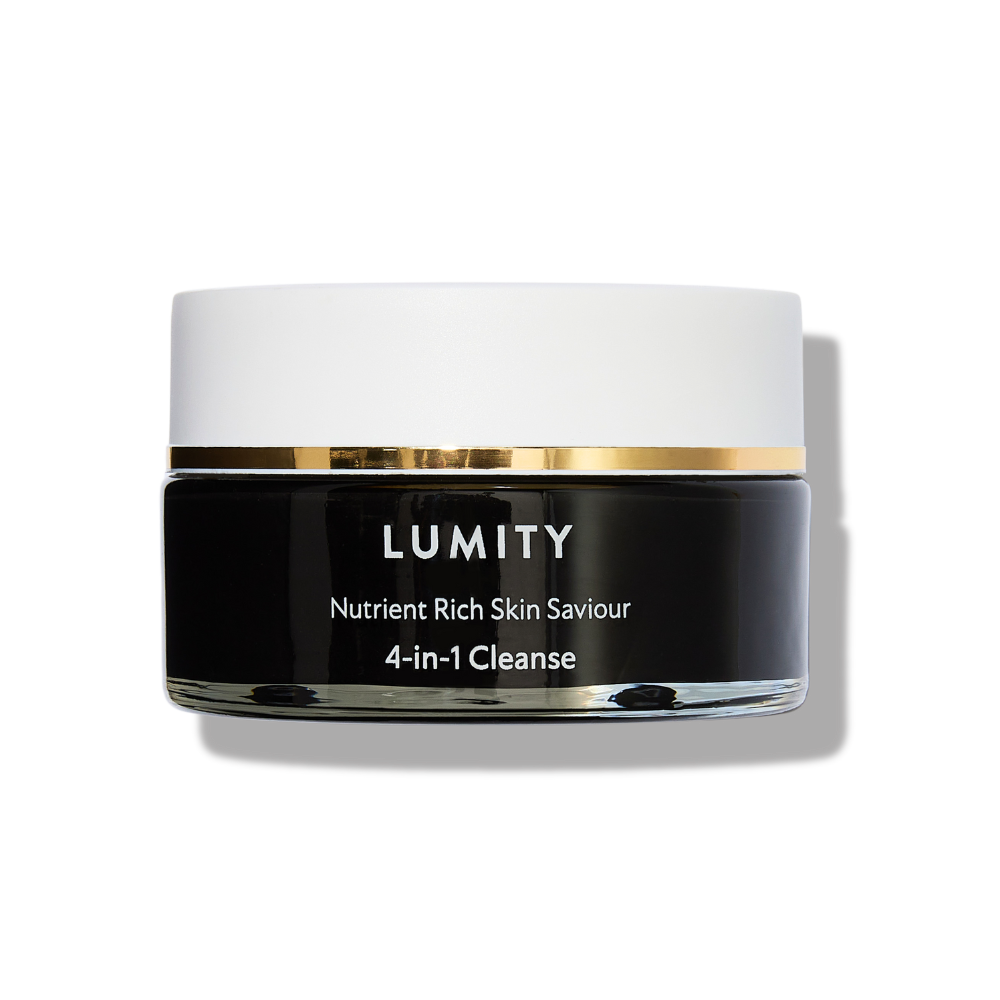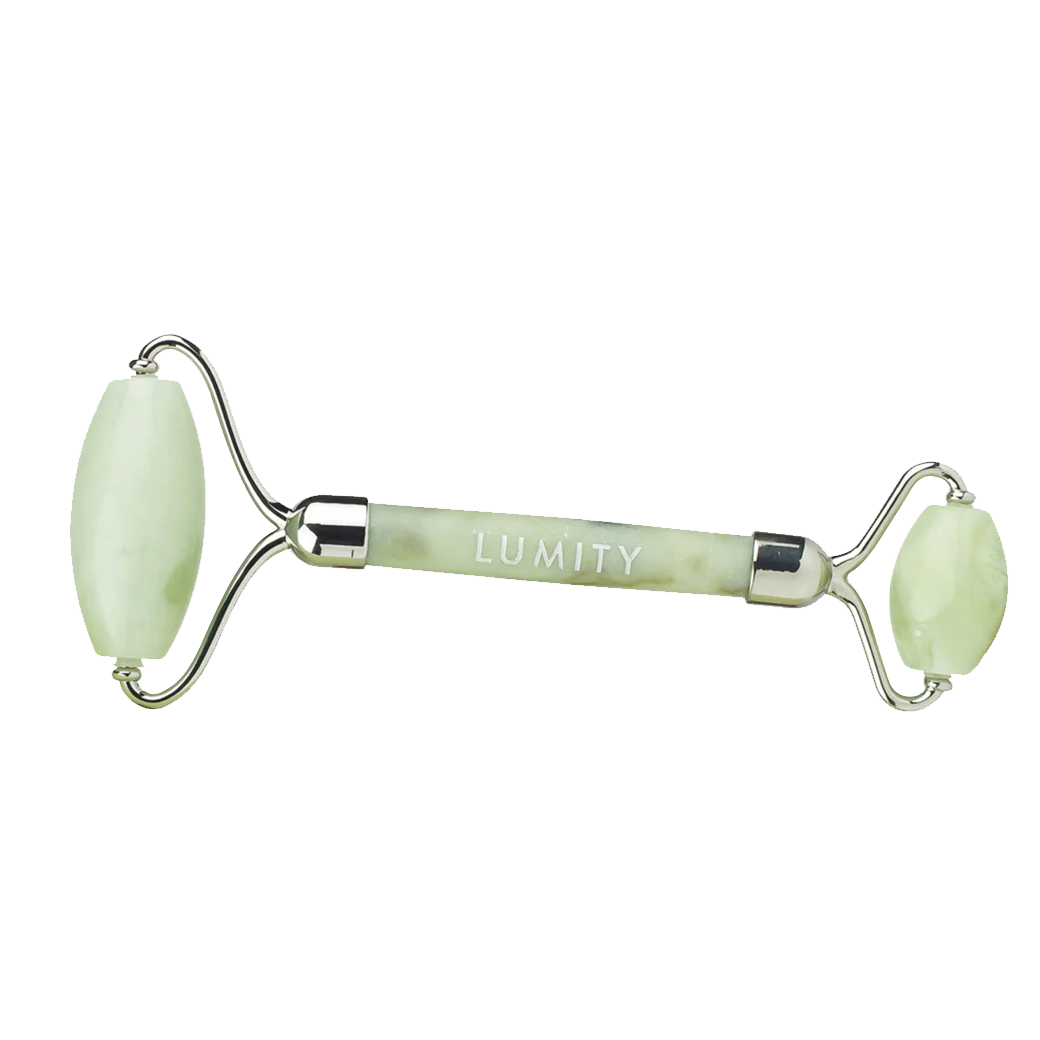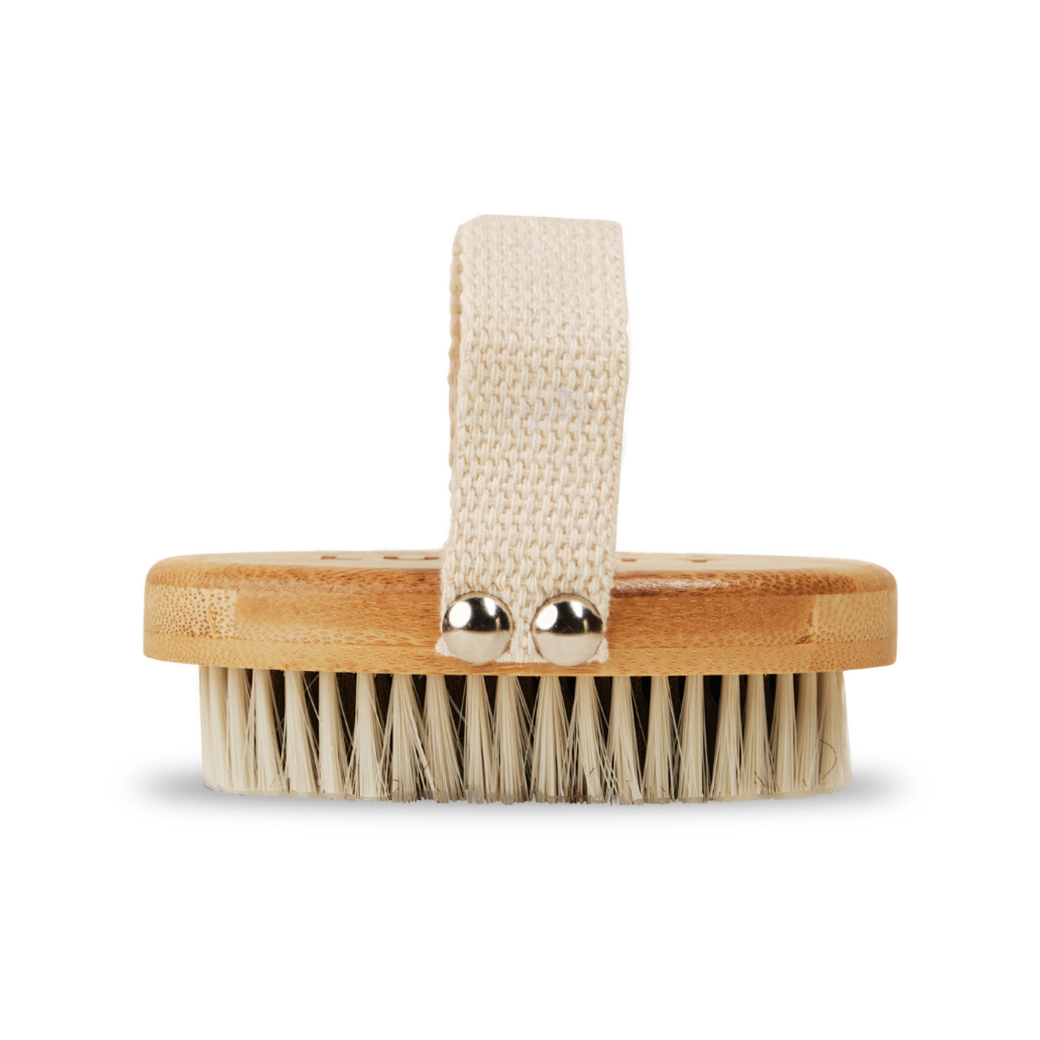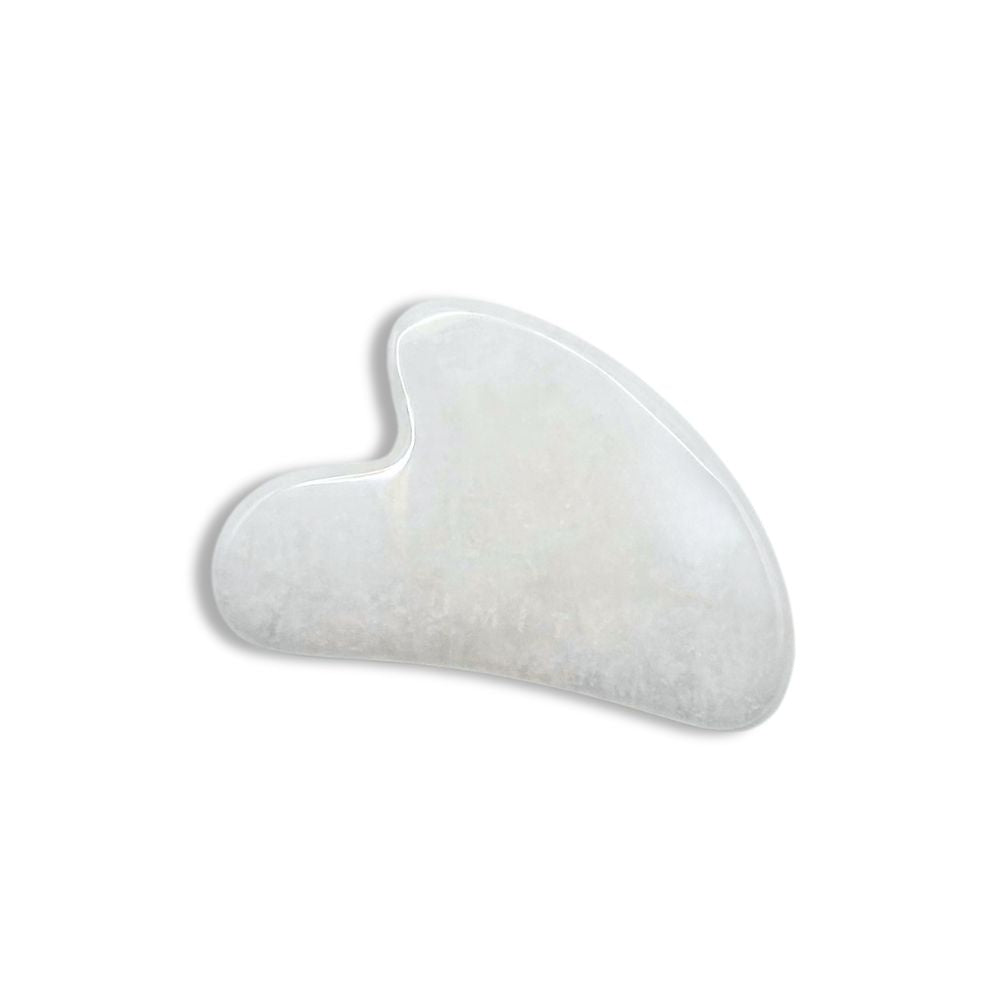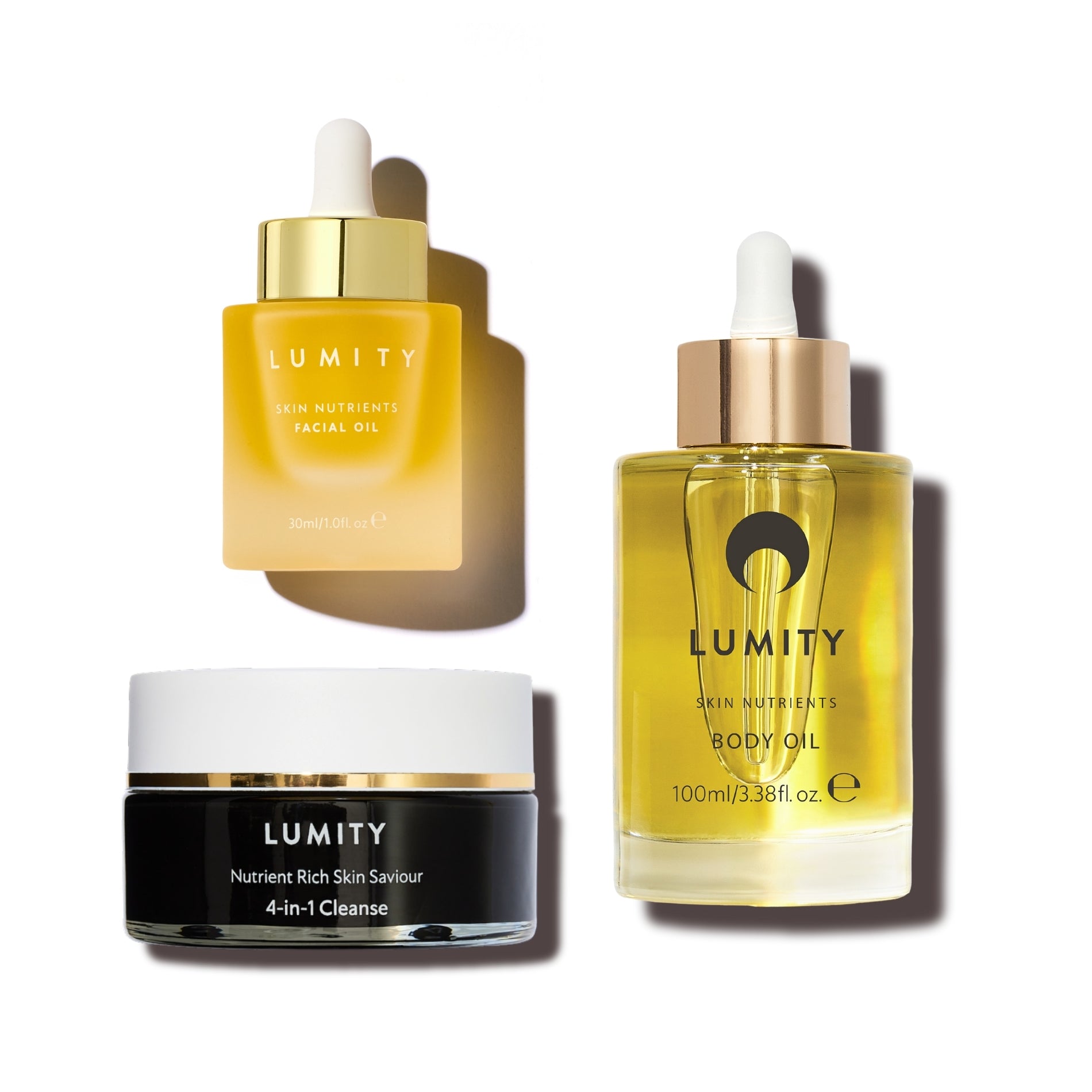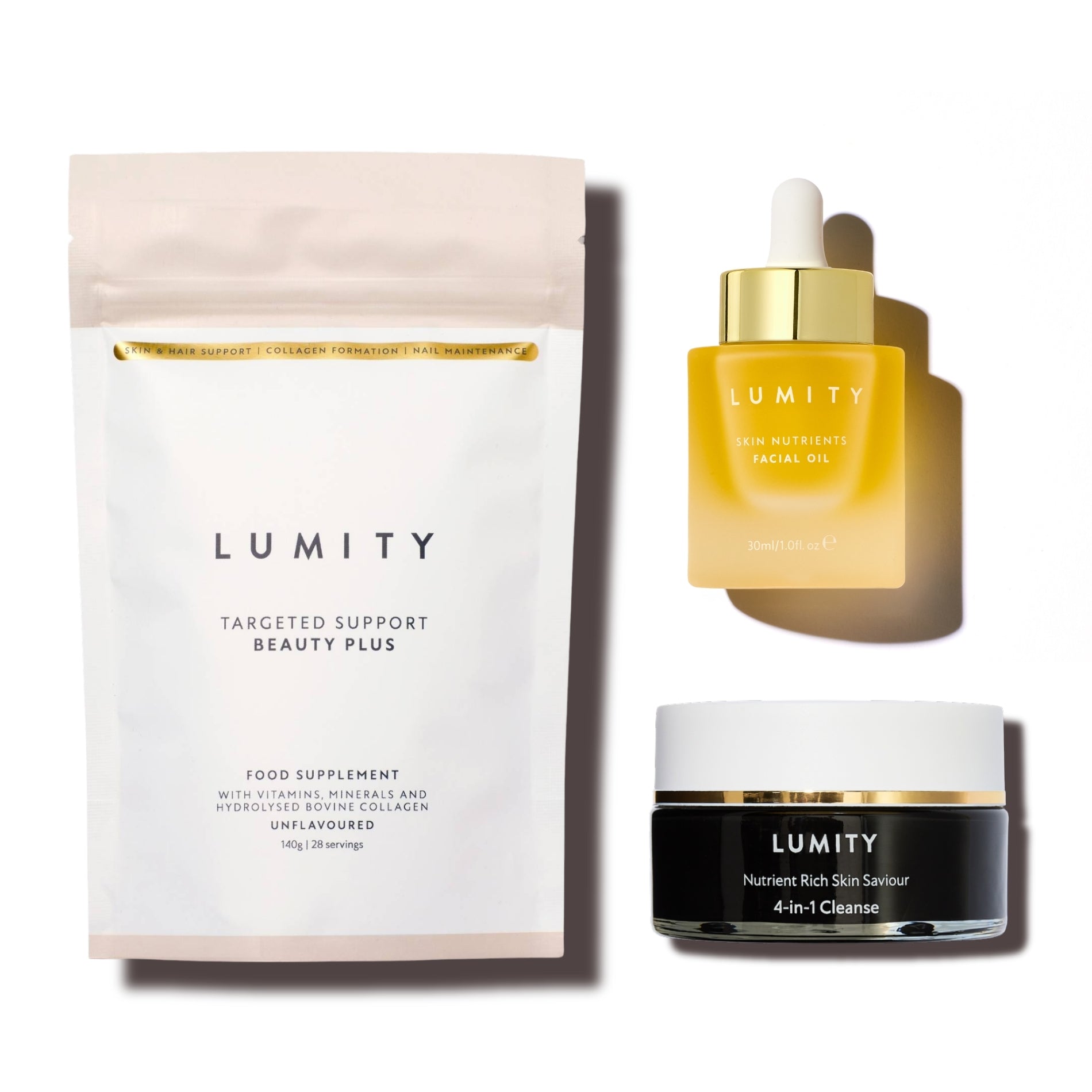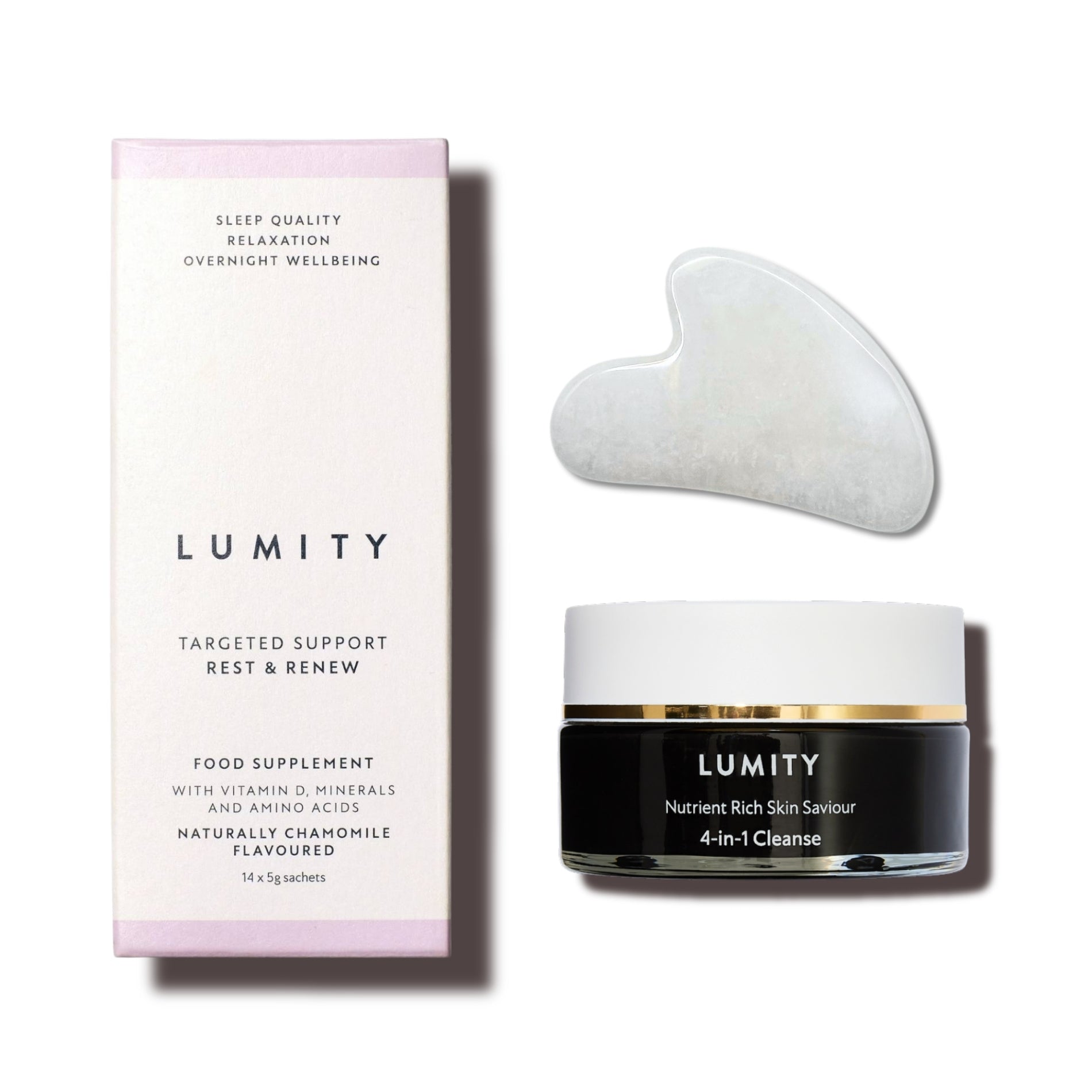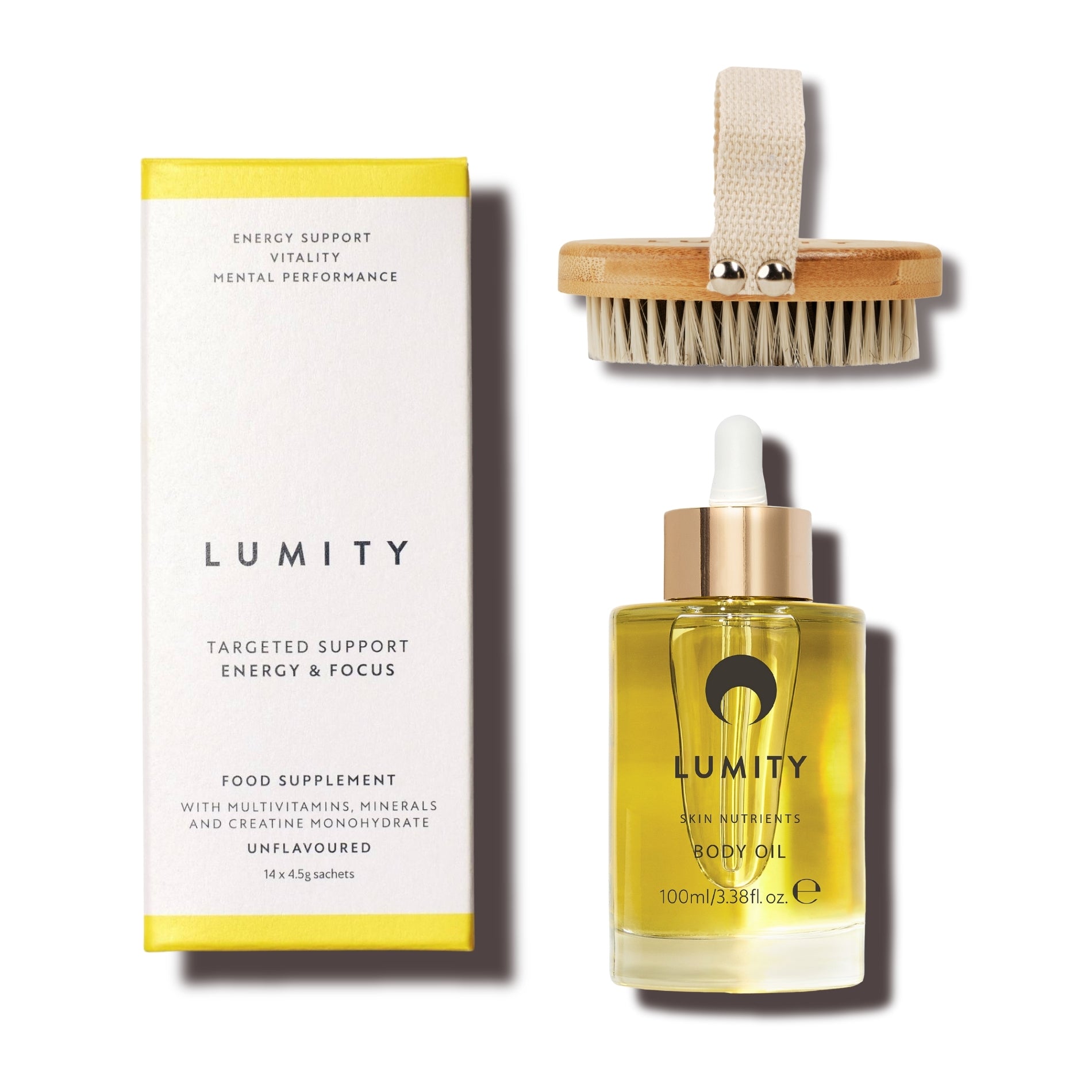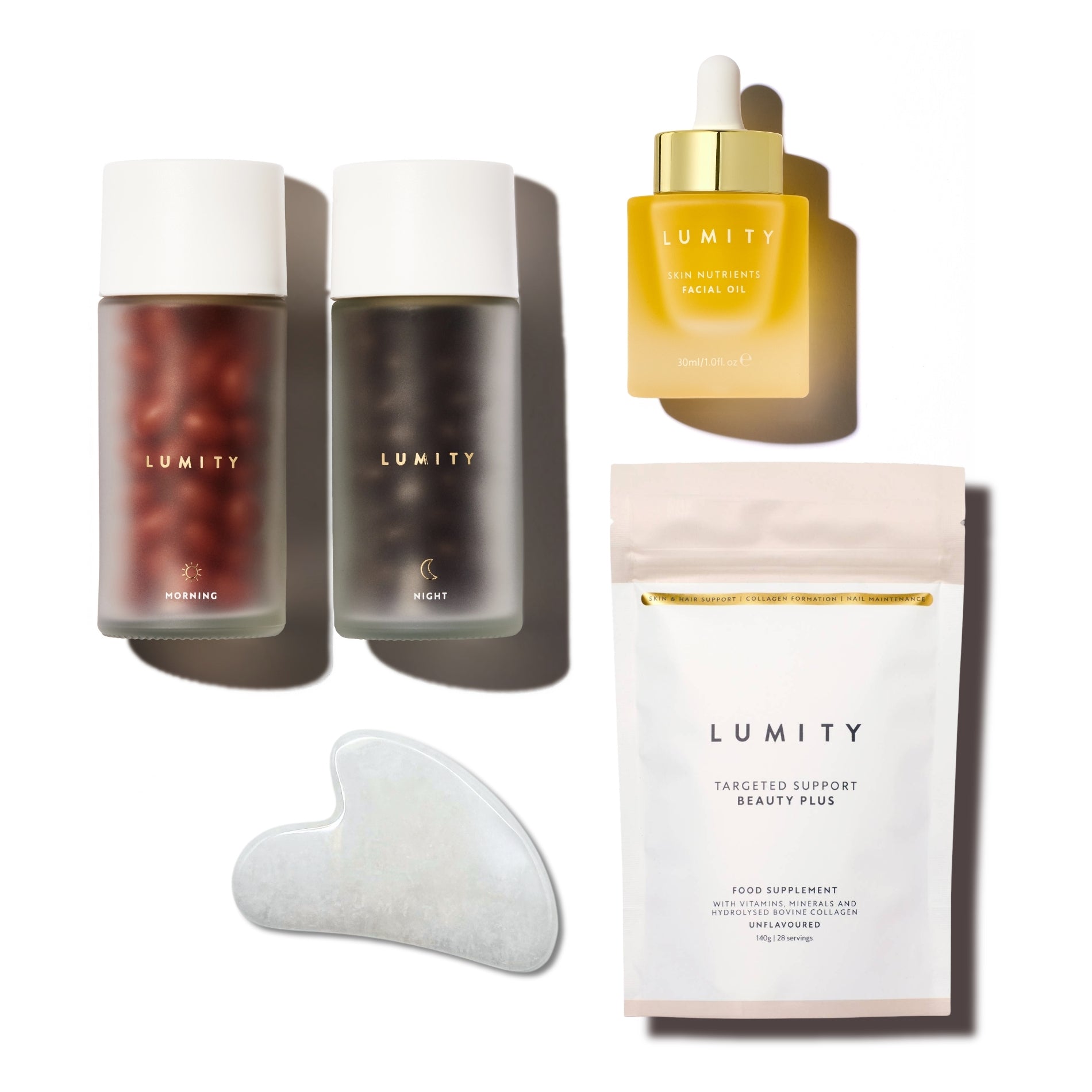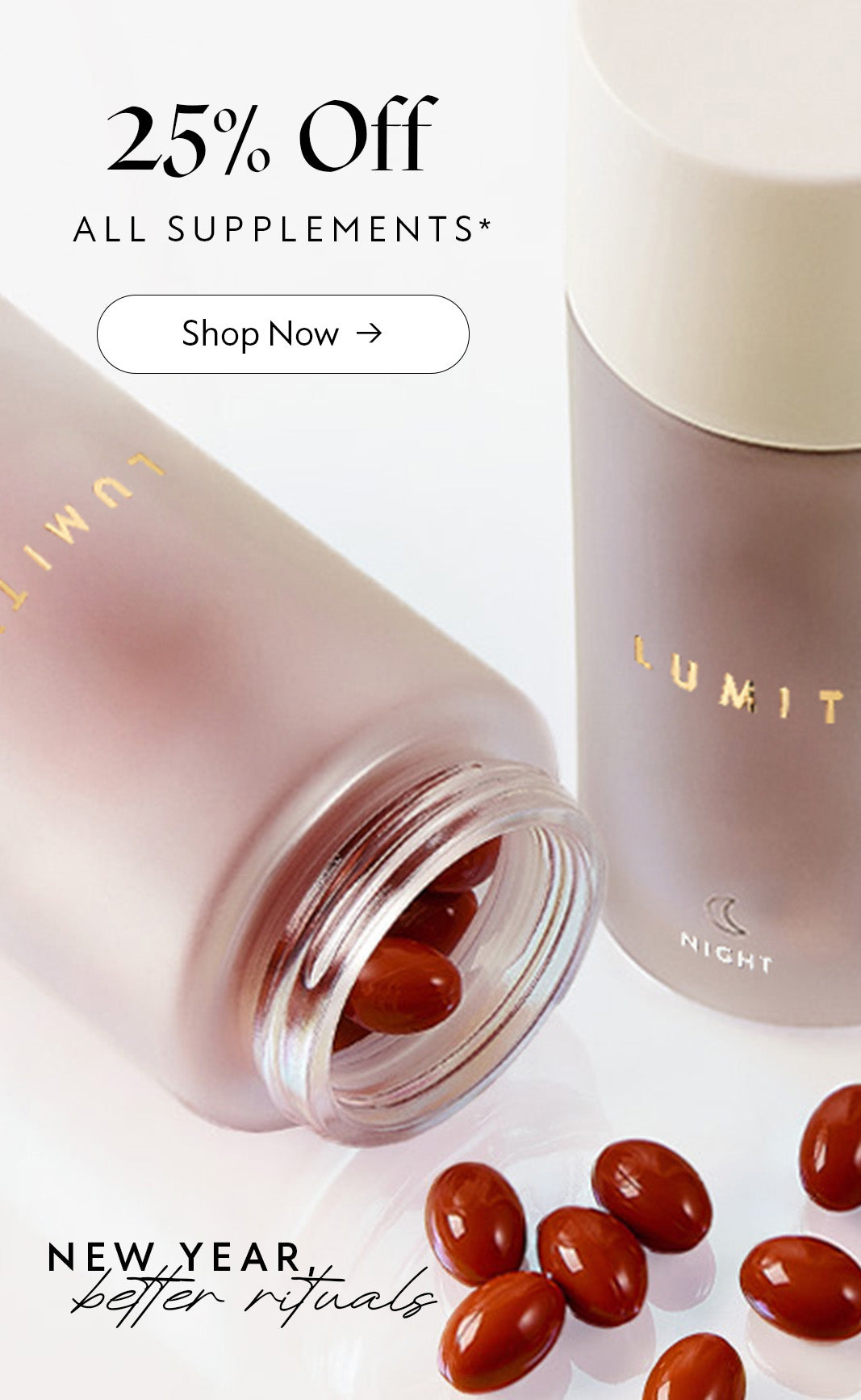How to Embrace Your Natural Beauty
What exactly is Natural Beauty?
In recent years the skincare industry has evolved to embrace natural beauty, which is beauty products that contain no additives, synthetics, artificial colourings or scent, and are as kind to the planet as they are to your skin. Whilst it sounds outrageous that skincare products ever contained anything harmful, previously supermarket shelves were packed with shampoo, conditioner, soap, talcum powder, moisturisers and creams that contain parabens which are a type of preservative that can cause cancer, as well as exfoliants that were harmful to fish and other wildlife in our rivers and seas.
Natural beauty is on the rise and health-savvy shoppers now seek out products with labels including; vegan, natural, organic, clean and fair-trade beauty.
Vegan: is not tested on animals and contains no animal products or derivatives.
Natural beauty: is formulated to be free from synthetic and artificial additives, contains ingredients derived from nature, such as plant extracts.
Organic beauty: formulated with natural ingredients such as plants and flowers that are organically grown and free of fertilisers and genetically modified organisms (GMOs).
Clean beauty: is formulated with ethically sourced ingredients that can be synthetic or natural but that the body recognises and can process and recognise without irritation or disruption. There’s a focus on ingredients that have been lab-tested and certified as safe by an independent third party, and they’re free from essential oils, silicones, drying alcohols, sodium lauryl sulfate (SLS), chemical sunscreens, plus fragrances and dyes.
Fairtrade beauty: Products with ingredients that are certified fair trade have been found by an independent body to treat their workers fairly, with proper pay and working conditions. They’ll not employ children and use sustainable ingredients only, with no negative impact on the local community. This is essential in third world countries where unscrupulous brands use child labour, with low wages. With many brands these days the product also sustains the local economy in some way, for example, sales of a bath bomb that features a local ingredient feeding an entire village in Nicaragua.
Why Use Natural Beauty Products?
Health benefits
The health benefits of using natural beauty products could have a positive impact as there’s currently court cases pending in the United States that link cancer to parabens and other synthetic additives.
Moral benefits
People tend to prefer using guilt-free skincare that hasn’t been tested on animals, or wiped out sections of natural rainforest, although that’s up to the individual consumer to decide.
Unnatural Ingredients to Avoid
Let’s start by highlighting the fact that some skincare ingredients do penetrate the skin and find their way into the bloodstream and other body tissues. This starting point should shift our perspective on skincare products, that is, if we would think twice about ingesting an ingredient, maybe we should think twice about rubbing it all over our skin.
Skincare ingredient lists are governed by INCI (International Nomenclature of Cosmetic Ingredients) standards, which establish the same scientific labelling names for over 16,000 ingredients across all countries, including the United States, the European Union, China and Japan. INCI’s intention is to ensure transparency and allow consumers to easily cross-reference ingredients between products. For example, coconut oil will always be listed as cocos nucifera no matter what the product, brand or country of origin.
Recently, skincare companies have been adding the common name of the ingredient in brackets after the INCI term as a way of fostering further transparency and trust in the natural bias of their products. So, Butyrospermum Parkii is usually followed in brackets by the explanation (Shea Butter). This should draw our attention to those ingredients that do not have a comforting, recognisable explanation in brackets after their INCI term.
Most consumers focus solely on the marketing claims of skincare products and ignore the often-unintelligible contents of the ingredients list. However, it is in the ingredients list that the most toxic components might be hiding, so, if we do venture down into this space, which ingredients should be ringing alarm bells?
If we can all identify the most obvious offenders such as parabens (linked to breast cancer), talc (a carcinogen often contaminated with asbestos), lead acetate (a neurotoxin and a carcinogen) and coal tar (a carcinogen that increases skin sensitivity), what else should be on our black list? The following ten ingredients are ones to avoid:
PHTHALATES (check the label for: polyethylene, polythene, PE, polybutylene terephthalate, diethyl phthalate, dimethicone copolyol phthalate, butyl benzyl phthalate….). These chemicals are plasticisers used to give a product better consistency and pourability. They have been linked to an increased risk of breast cancer and reproductive issues. They are especially sneaky as they can hide within the seemingly innocuous term fragrance (see point 8).
TRICLOSAN An antibacterial chemical, triclosan has been linked to thyroid and reproductive issues and hormonal disruption. As a member of the chlorophenol class of chemicals, it is also a known carcinogen. Levels of triclosan in skincare products are usually below toxicity levels, but continued exposure can allow it to accumulate in body tissues and increase its toxic potential.
SODIUM LAURYL SULFATE Sodium Lauryl Sulfate and Sodium Laureth Sulfate (Sodium caprylic sulphate, Sodium cupric sulphate, Sodium oleic sulphate, Sodium stearyl sulphate, Sodium myreth sulphate, Sodium dodecyl sulfate, Sodium monododecyl sulphate) are used as surfactants or foaming agents in skincare products. They react with other chemicals to form carcinogens, and yes, this is still the case even if “from coconut oil”. In a British Journal of Dermatology (2010) study, scientists found that a widely prescribed cream for eczema containing sodium lauryl sulphate thinned the skin by more than 10% over a four-week period and increased water loss by 20%, considerably worsening the condition in patients.
PEGs (polyethylene glycol) Used to dissolve grease, this ingredient can strip the skin of its protective sebum and render it more vulnerable to irritation, allergies and pathogens. This synthetic polymer may contain potentially toxic manufacturing impurities such as 1,4-dioxane, a carcinogen that penetrates the skin very easily.
PETROLEUM DERIVATIVES (mineral oil, e.g. Baby oil, petrolatum, propylene glycol, liquid paraffin, petroleum jelly, eg. Vaseline, propanediol, isopropyl alcohol, toluene and methylbenzene) These chemicals coat the skin like cling film and prevent it from absorbing and eliminating. The aim is to trap water in the skin in order to achieve improved hydration. However, by the same mechanism, they prevent the skin from eliminating and clog pores. Due to a high incidence of contaminants, they may also contain carcinogens, affect the respiratory system, cause nausea and irritate the skin.
FORMALDEHYDE Formaldehyde is the preservative morticians use to conserve corpses. It is considered a carcinogen and is linked to low immunity, allergies, chest pain, chronic fatigue and asthma. The following ingredients are derived from formaldehyde, may release formaldehyde or may break down into formaldehyde: 2-bromo-2-nitropropane-1, 3-diol, Diazolidinyl urea, DMDM hydantoin, Imidazolidinyl urea, Quaternium 15, sodium hydroxymethylglycinate.
DEA (Diethanolamine), MEA (Monoethanolamine), TEA (Triethanolamine). Principally used as emulsifiers, these ingredients make a product creamier and adjust the pH for use on the skin. They are irritants and potentially hormone-disrupting. They have been linked to organ toxicity (mainly liver and kidney) and can provoke allergies and respiratory issues. They can also react with nitrites in products to form nitrosamines, which are potentially carcinogenic.
FRAGRANCE This one entry can refer to almost 4,000 different ingredients many of which are toxic. Fragrance mixes have been associated with allergies, dermatitis, respiratory issues and potential effects on the reproductive system.
Although companies are required by law to list the ingredients that make up their products, the “Fragrance” is considered a trade secret, and so companies are not legally bound to disclose the chemicals it contains.
VITAMIN A COMPOUNDS These include retinyl palmitate, retinyl acetate and retinol. Vitamin A is an essential nutrient, but its use on the skin may not be advisable’ it is an irritant and can provoke inflammation. Exposure to sunlight breaks down these compounds and increases their toxicity. When applied to sun-exposed skin these compounds can increase skin sensitivity. Furthermore, sunlight breaks down vitamin A to produce toxic free radicals that can damage DNA and hasten ageing, skin lesions and abnormalities.
CHEMICAL SUNSCREENS (oxybenzone, avobenzone, octisalate, octocrylene, benzophenone, PABA, homosalate, methoxycinnamate and octinoxate). These chemicals because of their use (applied all over the body several times a day during the summer) expose us to higher levels of toxicity. They are known to penetrate into body tissues and cause cellular damage, cancer and hormonal disruption.
How to Embrace Natural beauty
Natural beauty tips
Tailor your level of scrutiny to the level of exposure the product will get. If it is a body lotion that you rub all over your body that stays on your skin all day, you are getting more exposure to the ingredients it contains than if they were in a facial cleanser that you rinse off immediately, so you will want to be extra vigilant that it does not contain any of the nasties listed above.
If you are buying online, you should still be able to access the ingredients list of a product. Boycott any site that does not give you a full ingredients list and buy from one that offers full disclosure and transparency to clients.
For further information on the safety of ingredients in skincare products, EWG (www.ewg.org/skindeep) has compiled an electronic database of ingredients and their known toxicity. Be aware, however, that a low toxicity score for any ingredient may not imply safety but may simply imply that there is no scientific data yet on that ingredient.

How to enhance natural beauty
Beauty is more than skin deep. A smile is more beautiful than a scowl and a comprehensive, holistic approach to beauty that approaches mind, body and soul and covers what you eat and put into your body as well, as what creams you use on the outside, is best. Aim for eight hours of sleep a night, eat a diet that’s packed with antioxidant-rich fruit and vegetables, drink plenty of water, aim to exercise every day and reduce stress.
Buy natural skincare that balances the skin’s pH and does away with the concept of skin type and you’ll have clear, glowing skin with fewer lines and wrinkles too.
How to maintain natural beauty
A consistent twice-daily skincare routine that includes a quality cleanser that gently exfoliates, as well as an oil made from botanicals and plant extracts works wonders.
Supplements
Adding a high-quality supplement like Lumity to your routine can improve your skin, hair and nails as well as reducing tiredness and oxidative stress, meaning you spend less money on expensive skincare trying to mitigate the effects of tiredness and poor nutrition.
